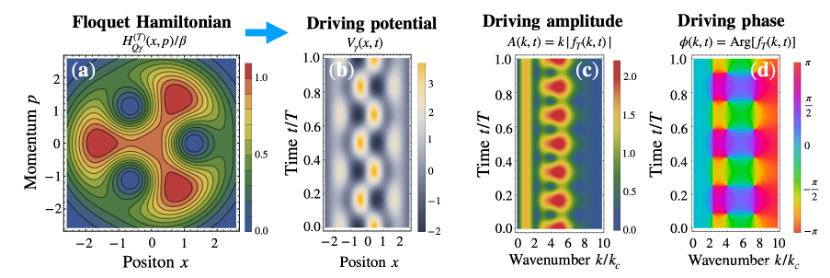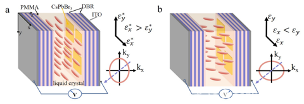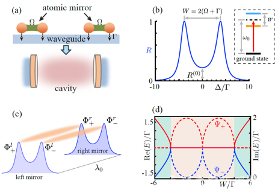
Cavity Spintronics
admin 2018-06-29 18:16:38 5996
报告题目:Cavity Spintronics
报告时间:2018-07-02 16:10 (星期一)
报告地点:天津大学北洋园校区32楼B140
报告人:Can-Ming Hu

Cavity spintronics (also known as spin cavitronics) is a newly developing, interdisciplinary field that brings together microwave and optical communities with researchers in spintronics and magnetism. The field started around 2014 when it was found that ferromagnets in cavities hybridize with both microwaves and light by light-matter interaction [1]. Since then, the emergence of cavity spintronics has attracted broad interest from groups studying quantum electrodynamics, cavity polaritons, optomechanics, superconductivity, plasmonics, and phononics. At the center stage of the topic is the physics of magnon-photon coupling: Via the quantum physics of spin-photon entanglement on the one hand and classical electrodynamic coupling on the other, magnon-photon coupling connects some of the most exciting concepts in modern physics, such as quantum information and quantum optics, with one of the oldest sciences on earth, magnetism.
腔自旋电子学是一个新兴的交叉领域。它将微波腔和光腔的应用融于自旋电子学和磁学的研究当中。该领域兴起于2014年,当时实验上首次实现了在微波腔和光腔中光与磁性物质的相互作用【1】。至今,腔自旋电子学受到了广泛关注,被应用于量子电动力学、腔极化激元、光力学、超导、等离子体和声子子晶体等诸多领域。腔自旋电子学的一个核心课题就是研究磁振子与光子的相互作用:通过经典的电磁波与物质的相互作用,以及自旋与光子相互纠缠的量子效应,磁振子与光子的相互作用将地球上最古老的科学之一——磁学——与现代物理学中前沿科学——量子信息学和量子光学——联系起来。
This talk aims to provide an introduction to this new frontier of condensed matter physics to researhers working in magnetism, spintronics, quantum information, and microwave technologies. The talk starts with a historical review, tracing this new field back to some of the most courageous work in the history of magnetism, spintronics, cavity quantum electrodynamics, and polaritons. Recent experiments focusing on the development of new cavity-mediated techniques, such as coupling of magnetic moments, distant manipulation of spin current, qubit-magnon coupling, and conversion between optical and microwave photons, will be highlighted.
此次报告将按照时间顺序为大家介绍腔自旋电子学的发展历程,以期工作在磁学、自旋电子学、量子信息和微波技术的研究者们对此新兴领域有初步的了解。报告将追溯磁学、自旋电子学、腔量子电动力学和极化激元的发展历史,再着重介绍当今腔场调控技术的发展,特别是其在耦合磁矩,远距离调控自旋流,实现量子比特和磁振子相互作用,和实现光学光子和微波光子相互转化等领域的应用。
[1] Can-Ming Hu, “Dawn of cavity spintronics,” https://arxiv.org/abs/1508.01966
Biography
Can-Ming Hu graduated in 1988 from Fudan University in China. He received his doctorate degree in 1995 from Wuerzburg University in Germany. From 1998 to 1999, he spent a year at NTT Basic Research Laboratories in Japan working on semiconductor spintronics. In 2005, after receiving the habilitation degree from the University of Hamburg, Germany, he and his group moved to University of Manitoba, Canada, where he became a full professor in 2012. In 2015 his group was the first to develop a method for electrical detection of cavity magnon polaritons, thereby making a strong contribution to the emergence of the new field cavity spintronics.
Prof. Hu has published over 130 technical articles in peer-reviewed journals, including book chapters and invited review articles. He has given about 100 invited presentations on semiconductor physics, spintronics, magnetism, and microwave technologies. He co-organized several international workshops: Spin Mechanics IV (Canada, 2017), Magnetic North III (Canada, 2012), Magnetic North I (Canada, 2010), and International Symposium on Quantum Hall Systems and Quantum Materials (Germany, 2004). He served as a deputy director of the State Key Laboratory of Infrared Physics in China, a regional councillor for the Canadian Association of Physicists, and is currently a member of the Commission on Magnetism (C9) of the International Union of Pure and Applied Physics.




